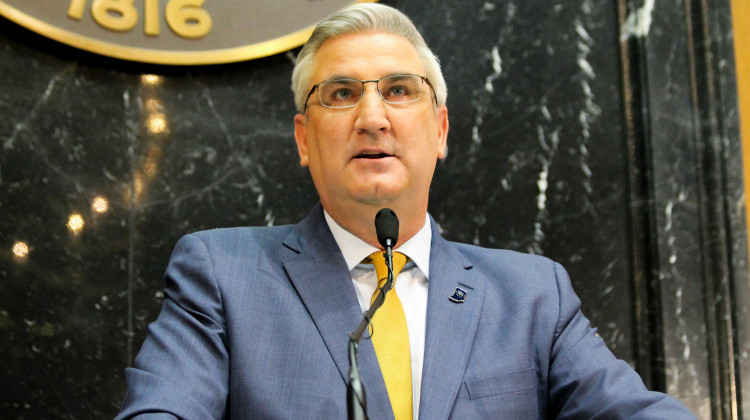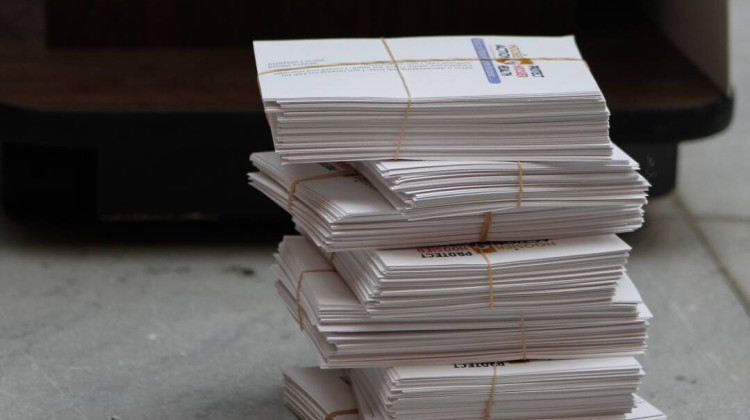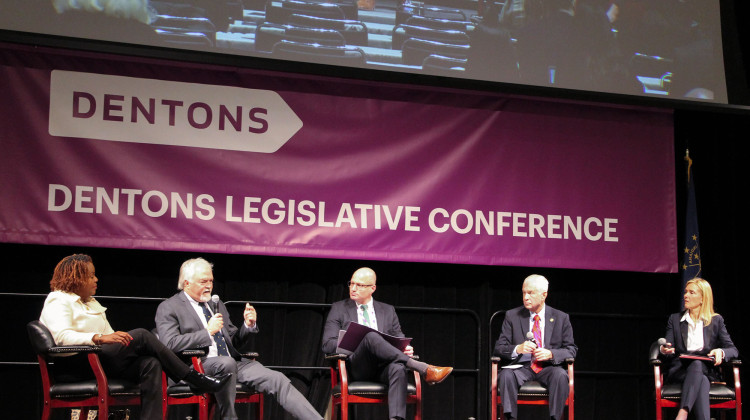
Gov. Eric Holcomb's many executive orders aimed at addressing COVID-19 were made possible when he declared a public health emergency on March 6.
Lauren Chapman/IPB NewsHoosiers will remain under a “Stay-At-Home” order for the next couple of weeks after Gov. Eric Holcomb announced Friday he will extend his directive.
Provisions in state law empower the governor to make and enforce such an order.
Holcomb has issued more than a dozen executive orders directed at the COVID-19 pandemic. For instance, he restricted restaurants and bars to carryout and delivery only, and he rescheduled Indiana’s primary election.
It was all made possible when he declared a public health emergency on March 6. That triggered provisions in state law that, among other things, empower the governor to “employ any measure” during the declared emergency to help prevent and suppress the disease.
Though Indiana governors have had disaster emergency powers for decades, the broad expansion of those powers came in the wake of the Sept. 11 terrorist attacks.
One of the only things the governor is expressly barred from doing during an emergency is restrict sales, possession or use of firearms.
This story is in response to a question we received through the Indiana 2020 Two-Way. To join, text "elections" to 7-3-2-2-4.
 DONATE
DONATE







 Support WFYI. We can't do it without you.
Support WFYI. We can't do it without you.